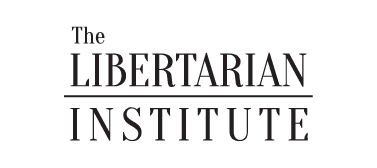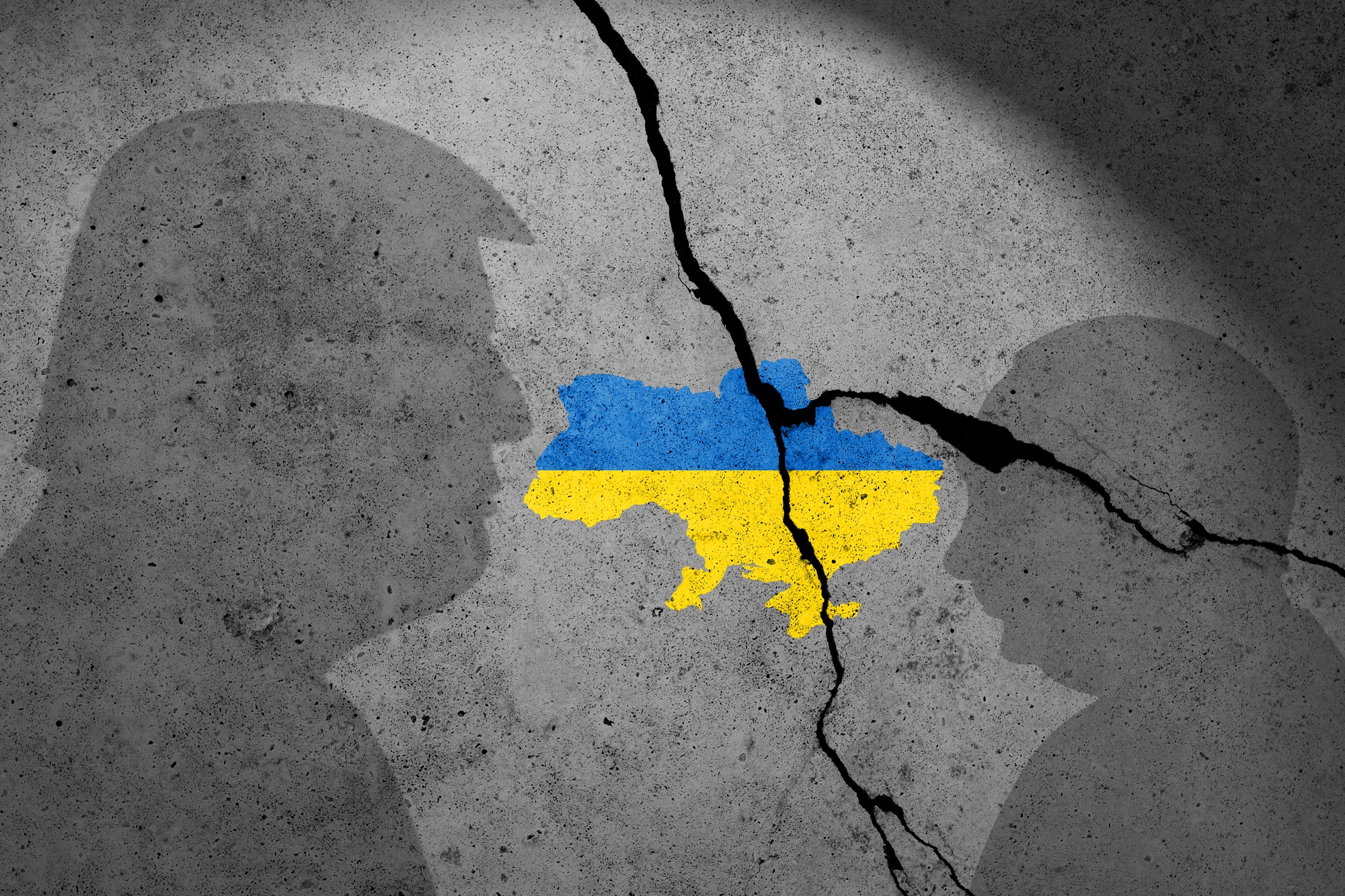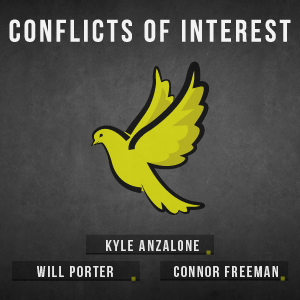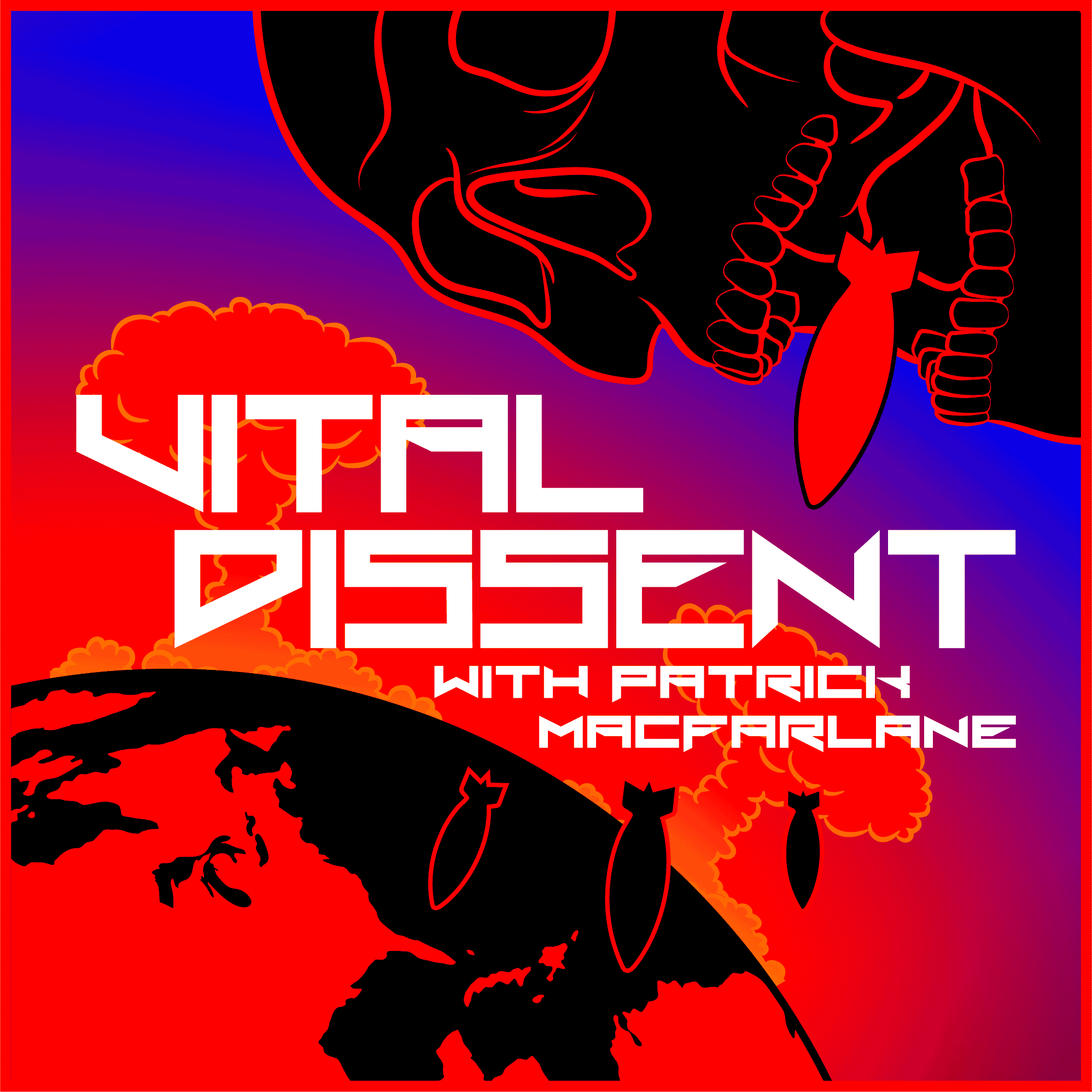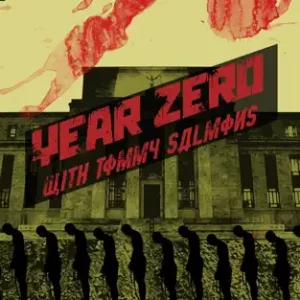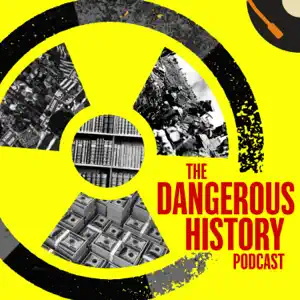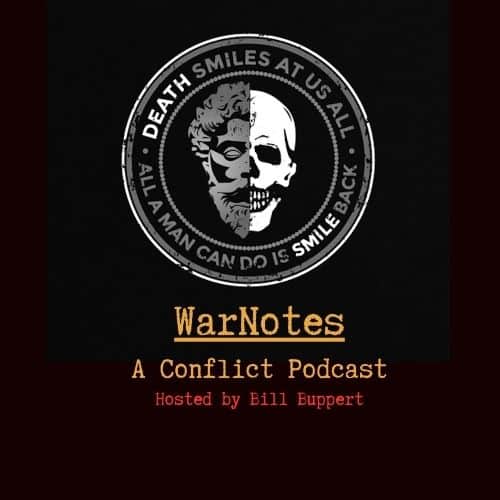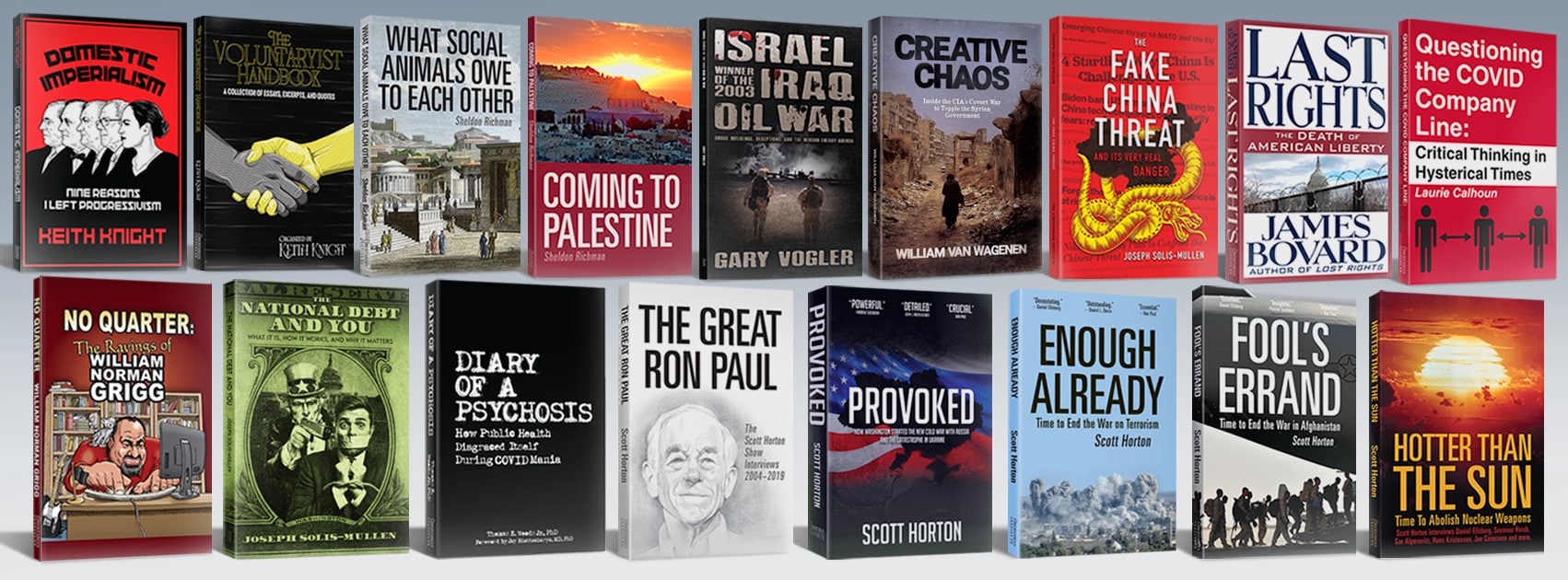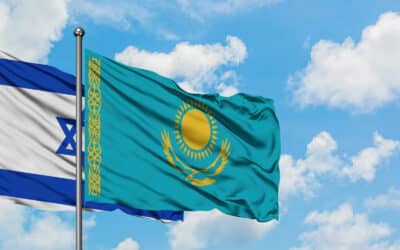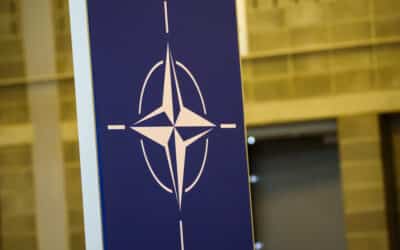A leaked document has given us a first glimpse at President Donald Trump’s peace plan for Ukraine. According to the Ukrainian online newspaper Strana, U.S. officials handed the plan to European diplomats who then passed it on to Ukraine.
The existence of the plan has not been verified, and Andriy Yermak, head of the Office of the President of Ukraine, has said “no ‘100-day peace plan’ as reported by the media exists in reality.”
If the plan is real, and if it is being put on the table by the Trump administration as a finished product that, if rejected, will lead to more sanctions on Russia and more weapons for Ukraine (as Trump has threatened), then the war will go on, and Trump’s promise to quickly end the war will vanish in a puff of delusion. But if the plan is real, and if it is put on the table as a starting point for negotiations, then there is hope. And there is suggestion that it is a starting point.
Here is an item by item analysis of what each side may consider acceptable in the supposed plan and what each side may insist on negotiating further.
The process begins with an immediate phone call between Donald Trump and Russian President Vladimir Putin followed by discussions between Washington and Kiev. That the plan may be intended as a starting point for negotiations is suggested by the fork in the schedule that negotiations will continue if common ground is found or pause if it is not. Further negotiations would lead to an Easter truce along the front line, an end of April peace conference, and a May 9 declaration of an agreement.
Russia has said that the Istanbul agreement could still be “the basis for starting negotiations.” In June 2024, Vladimir Putin set out a peace proposal based on the Istanbul agreement, but adjusted for current territorial realities. Putin’s proposal had four points: Ukraine must abandon plans to join NATO, they must withdraw from the four annexed territories, they must agree to limits on the size of their armed forces, and they must ensure the rights of ethnic Russians in Ukraine.
The alleged Trump plan can be evaluated by comparison to Putin’s proposal and to recent statements made by Ukrainian President Volodymyr Zelensky.
- Ukrainian troops must withdraw from Kursk at the time of the April Truce. This would be acceptable to Russia, who would insist on Ukrainian troops leaving its territory. But for Ukraine, this would be a difficult concession; not because of the withdrawal but because of the timing. Aside from the strategically catastrophic hope that the Kursk invasion would divert Russian troops away from the Donbas, the point of taking Russian territory was to use it to barter for the return of Ukrainian territory. Giving up the bargaining chip before the negotiations begin would nullify Ukraine’s hope of using it to force the return of more of its land.
- Ukraine must end martial law and hold presidential elections by the end of August and parliamentary elections by the end of October. This could be a bitter pill for Zelensky. Recent polling has shown that he could well lose that election. Elections would be welcomed by Russia, who see Zelensky’s government as intransigently hostile and anti-Russia. This would legally transfer hope for regime change to Ukrainians.
- Ukraine must declare neutrality and promise not to join NATO; NATO must promise not to expand into Ukraine. Ukraine was willing to abandon its NATO hopes in Istanbul. Though accepted by Kiev as inevitable, it would now be a painful concession. In the absence of NATO membership. It would be a hard sell to Ukrainians that the war after the Istanbul talks was worth the devastation. For Russia, this point is key, and there can be no negotiations without it. It would be the key accomplishment to get the two-sided promise that Ukraine will not ask for membership and NATO will not offer it.
- Ukraine will become a member of the European Union by 2030. This item is acceptable to both. EU membership will be necessary for Zelensky to present to Ukrainians as something that was worth fighting for. Ukraine is now free to pursue its ambitions to turn west and join Europe. Though Russia had concerns in 2014 with the EU’s Association Agreement with Ukraine because of its implied integration of Ukraine into the European security and military architecture, Putin has long left EU membership on the table for a postwar Ukraine, and that was specifically agreed to in the Istanbul agreement.
- Ukraine will not reduce the size of its armed forces and the United States will continue modernizing the Ukrainian military. While Ukraine will welcome this, it may not be enough. Russia will have a hard time with this one. This is like “the Israeli model” that then-Israeli Prime Minister Naftali Bennett says Putin and Zelensky were both open to in the early days of the war. But, in the absence of NATO, Zelensky has been adamant about American supported security guarantees. And, already by Istanbul, Russia was demanding limits on Ukraine’s armed forces. At the very least, modernized Ukrainian weaponry would have to be defensive and with a cap on firing into Russian territory.
- Ukraine refuses military and diplomatic attempts to return the occupied territories, but does not officially recognize Russian sovereignty. This item does not go far enough for Russia and too far for Ukraine. Zelensky has accepted that “De facto, these territories are now controlled by the Russians. We don’t have the strength to bring them back.” So, he will accept not attempting to return the occupied territories militarily. He has also insisted that Ukraine would never officially recognize Russian sovereignty over those lands. But the added clause, that he will not attempt to return them diplomatically, may be going further than Zelensky has been willing to go. In the case of Crimea, he has reserved the right to try to bring territory back diplomatically. For Russia, the de facto recognition of the territory it occupies will likely be enough. In his proposal, Putin insisted on the complete withdrawal from the territories while saying nothing about Ukraine officially recognizing Russian sovereignty over them. However, though Russia may be willing to negotiate over Kherson and Zaporizhzhia, they are less likely to accept only the lands east of the current front without it including all of the Donbas.
- Some sanctions on Russia will be lifted, including European Union bans on Russian oil. This item will likely be acceptable to Ukraine, especially since temporary duty on sales of oil will be used to restore Ukraine. It will likely be acceptable, at least as a starting point, for Russia.
- Parties that support Russian language and peaceful relations with Russia can participate in Ukraine’s elections. State actions against the Ukrainian Orthodox Church and Russian language must cease. Though difficult for Zelensky and some forces in Ukraine to accept, protection of language, religious and cultural rights is the second key Russian demand along with NATO.
- The idea of a European peacekeeping force is to be discussed separately. The recognition that security guarantees are both key and difficult for both parties is realistic. Neither side will agree to a European security force: Russia because it goes too far, Ukraine because it goes not far enough.
If this possible plan is a final draft whose rejection means negotiations end, then the war will not end. But if Donald Trump’s plan is intended as a starting point to negotiations—the most difficult of which may be the security guarantees—then there is hope.
